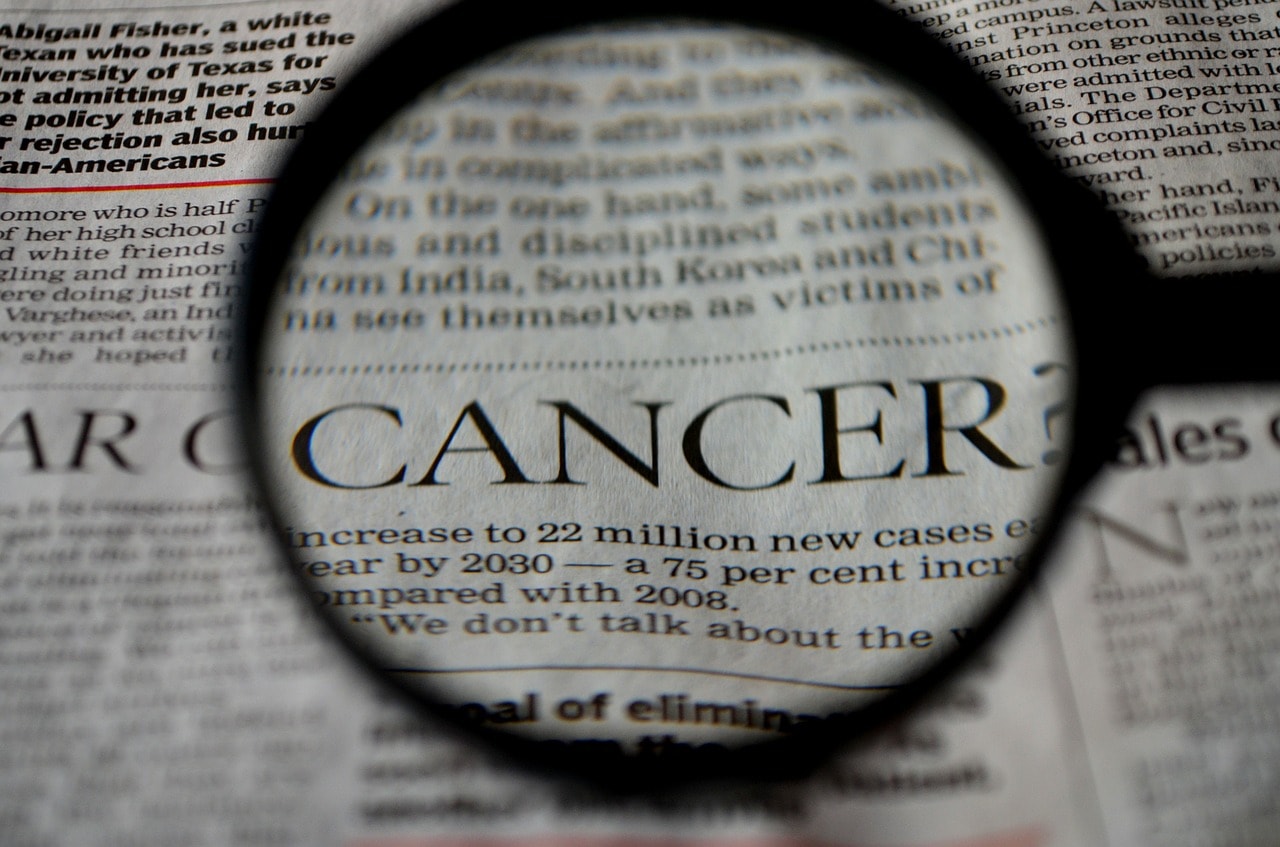
All women should have regular self-breast health checks and this should be taken to the next step for some women that are at a high risk. This step will include clinical examinations and testing for early detection of breast cancer. Women should have annual clinical exams and tests like thermography screening.
Who May Be at a Risk?
There are women who may be at an average risk for breast cancer who doesn’t have a history of this kind of cancer personally but has a family history of breast cancer. Then there are women with a genetic mutation like BRCA1 or BRAC2 that increases the risk of breast cancer. Having a family history of breast cancer includes the woman’s mother or sister diagnosed at a younger age. A woman with a personal history of ductal carcinoma in situ, which is a non-invasive breast cancer starting in the milk ducts.
This type of cancer may be referred to as stage 0 or pre-invasive breast carcinoma. Women that have had lobular carcinoma in situ (LCIS) which are abnormal cells that grow in the lobules of the breast. BRCA 1 and BRCA 2 are breast cancer genes 1 and 2 that are a gene mutation that is inherited, which can increase the risk of breast cancer. Women that have a history of invasive breast cancer or atypical hyperplasia, which are rapidly growing cells that appear abnormal under microscopic conditions. Women who between ages 10 and 30 have undergone radiation treatment.
Guidelines for Women at Risk of Breast Cancer
The women that have a risk of the disease there are medical guidelines to catch the possible progression of breast cancer at the earliest point. This will include clinical physical examination, a mammogram, thermal imaging testing and possible ultrasound. Medical guidelines include:
- BRCA 1 and BRCA 2: Women at risk for this gene mutation because of a family history should be tested between ages 25 and 29. This includes mammograms annually and MIR, other testing including infrared imaging and ultrasounds every six to twelve months.
- LCIS: Women diagnosed with LCIS should have a clinical breast exam, mammogram, MRI and can include thermal imaging starting at age 30 every six to twelve months.
- Atypical Hyperplasia: Women with this diagnosis at age 30 should discuss testing with their physician every six to twelve months.
- Personal history of Breast Cancer: Women with a personal history of breast cancer should have annual mammograms and up to four times a year they should have other testing like infrared imaging and ultrasounds for the first 5 years after treatment ends.
- DCIS: Women diagnosed with DCIS should have annual mammograms and other kinds of testing up to four times a year for the first 5 years after treatment ends.
Women with Average to Low Risk
- Ages 40 – 44: Start screening annually with a mammogram.
- 55 and older: At these ages, women should have an annual mammogram.
Comments
(There are currently no comments for this post.)
(Comments are disabled for this post.)